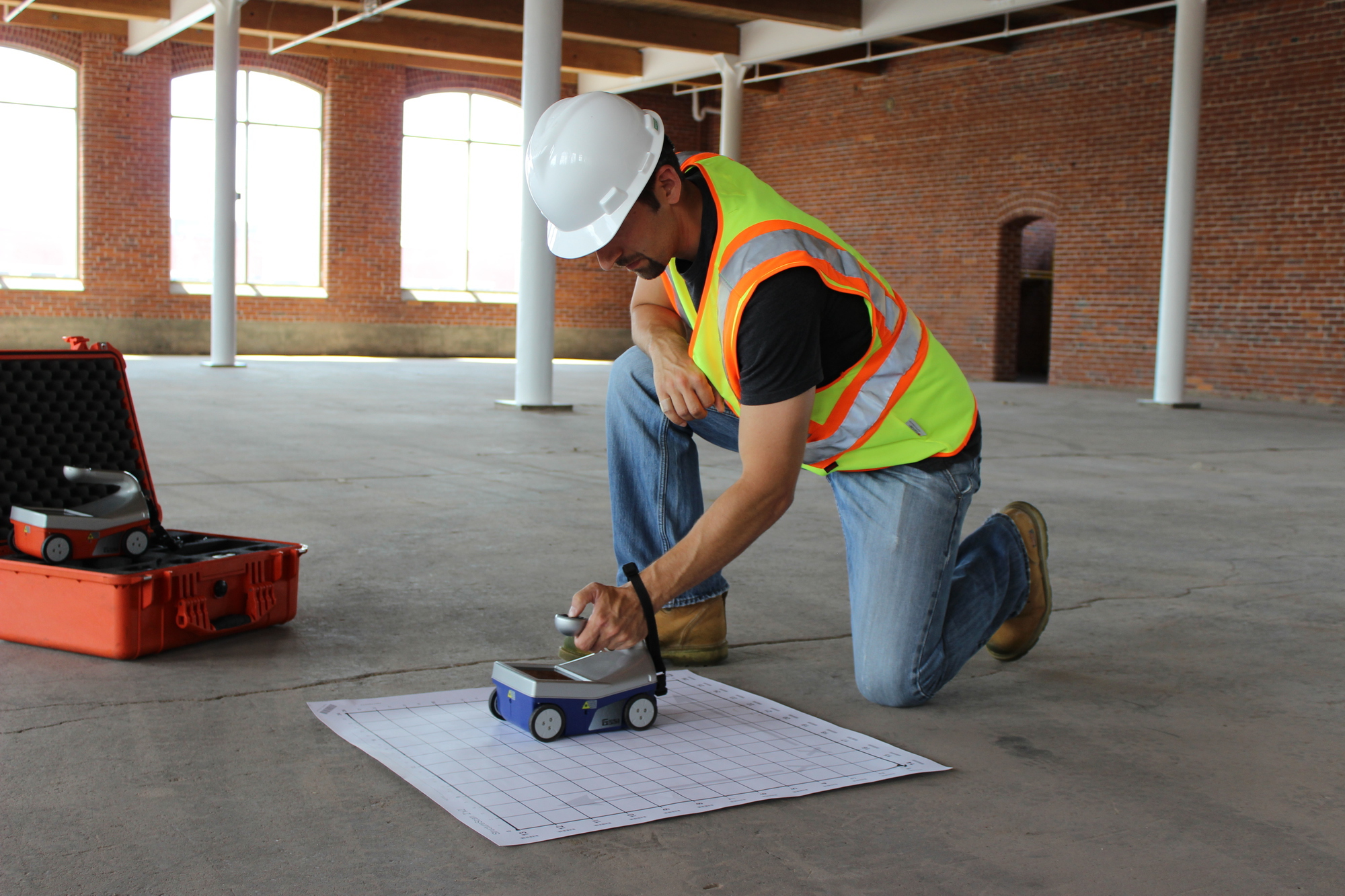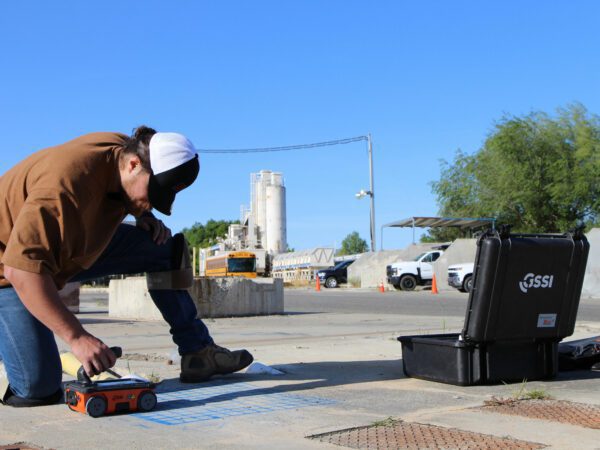RainierGPR Concrete Scanning: Advanced Solutions for Safe Building And Construction
RainierGPR Concrete Scanning: Advanced Solutions for Safe Building And Construction
Blog Article
Maximizing Efficiency and Decreasing Risks: The Duty of Concrete Scanning in Building And Construction
In the realm of building, where accuracy and safety are extremely important, the use of concrete scanning modern technology has actually ended up being an important device for job managers and designers alike. By harnessing innovative scanning methods, building groups can navigate intricate atmospheres with heightened effectiveness while minimizing prospective dangers that could threaten both budgets and timelines. The detailed dancing in between taking full advantage of performance and decreasing dangers in building and construction rest on the capacity to peer underneath the surface area, disclosing a globe of covert obstacles and opportunities. The function of concrete scanning in this fragile balance is not just encouraging yet transformative, supplying a glance right into a future where costly mistakes are preempted, security is focused on, and quality is non-negotiable.

Significance of Concrete Scanning
Concrete scanning plays a vital function in guaranteeing the architectural honesty and safety and security of building and construction jobs by accurately spotting ingrained objects and possible dangers within concrete frameworks. By making use of different scanning innovations such as ground-penetrating radar (GPR) and electro-magnetic induction, construction groups can determine rebar, post-tension wires, conduits, and various other covert obstacles prior to drilling, cutting, or coring into concrete. This aggressive method helps avoid pricey damages, injuries, and task hold-ups that might occur from unintentionally striking these objects throughout building activities.
Furthermore, the accurate mapping of embedded objects guarantees the reliable execution of construction strategies, lessening the danger of errors and guaranteeing the longevity and durability of the developed atmosphere. Ultimately, spending in concrete scanning services contributes to the total success and security of building tasks.

Advanced Technology in Construction
Provided the increasing demand for accuracy and effectiveness in building and construction techniques, the integration of advanced technology has actually become important in boosting task end results and ensuring optimal safety and security actions. BIM enables for better cooperation among stakeholders, boosted visualization of the task, and enhanced decision-making throughout the building and construction procedure. The application of Augmented Fact (AR) and Virtual Fact (VIRTUAL REALITY) modern technologies in building and construction design and preparation stages makes it possible for stakeholders to imagine the final product, identify potential concerns, and make essential adjustments before construction starts.

Advantages of Object Mapping
The usage of object mapping modern technology in building and construction jobs provides a multitude of benefits that improve task preparation and execution. One of the essential advantages of item mapping is its ability to provide thorough and exact info concerning the place of below ground utilities, architectural components, and various other things within the building site. This information is essential for making certain that excavation and drilling tasks are performed securely and efficiently, lessening the risk of damages to existing facilities.
In addition, things mapping innovation allows building teams to produce accurate 3D models of the website, enabling much better visualization of the task and enhanced sychronisation among various professions - RainierGPR Concrete Scanning. This improved spatial awareness aids to identify possible clashes and problems early in the drawing board, lowering the need for costly rework and delays throughout construction
Moreover, item mapping can also enhance the documents process by supplying digital documents of the site in the past, during, and after building. These documents function as important referrals for future maintenance and remodelling jobs, inevitably improving the long-lasting performance and sustainability of the built setting.
Preventing Costly Mistakes
Object mapping modern technology's duty in building and construction expands past improving job planning and implementation to incorporate a crucial facet: stopping costly mistakes. By employing innovative concrete scanning methods, construction teams can determine prospective hazards such as rebar blockage, post-tension cable televisions, or voids within concrete structures. Overall, the positive use of concrete scanning modern technologies in construction jobs substantially minimizes the risk of errors and inevitably contributes to cost financial savings and project effectiveness.
Ensuring Safety and Quality
To promote the highest possible standards of safety and security and quality in construction tasks, the implementation of concrete scanning modern technology plays a critical function. By using innovative scanning techniques such as ground-penetrating radar (GPR) and electro-magnetic induction, building and construction groups can detect prospective hazards hidden within concrete frameworks prior to starting any type of work. This aggressive technique not just decreases the threat of crashes on the building site yet additionally ensures the architectural honesty of the building.
Concrete scanning likewise aids in validating the positioning of rebar, channels, and post-tension look at here now cables, guaranteeing that these aspects are properly positioned based on the design requirements. This accuracy in locating essential elements assists prevent errors during the building procedure, ultimately bring about a better finished product. Furthermore, by recognizing any type of abnormalities or disparities within the concrete early on, needed modifications can be made quickly, decreasing the probability of rework and costly delays.
Basically, concrete scanning technology works as an important tool in safeguarding both the security of construction employees and the general quality of the built environment. Its capability to detect prospective dangers and make certain adherence to style standards makes it a vital asset in modern construction practices.

Final Thought
In conclusion, concrete scanning plays a crucial role in optimizing effectiveness and lessening threats in building tasks. By using advanced innovation for things mapping, potential pricey errors can be prevented, ensuring safety and security and high quality of the final framework. It is vital for building firms to focus on the usage of concrete scanning to boost productivity, reduce dangers, and deliver high-grade cause their tasks.
Concrete scanning plays an important function in making sure the structural honesty and safety of building and construction jobs by accurately identifying ingrained items and potential hazards within concrete structures. The implementation of Increased Fact (AR) and Digital Reality (VR) technologies in building and construction design and planning phases enables stakeholders to picture the final item, identify potential problems, and make necessary modifications prior to building starts. By utilizing advanced concrete scanning techniques, building groups can determine possible risks such as rebar congestion, post-tension cable televisions, or voids within concrete frameworks. Overall, the click for more proactive usage of concrete scanning innovations in building projects significantly lessens the threat of mistakes and eventually adds to cost financial savings and job effectiveness.
To see page support the greatest requirements of safety and security and top quality in building projects, the execution of concrete scanning modern technology plays a critical duty.
Report this page